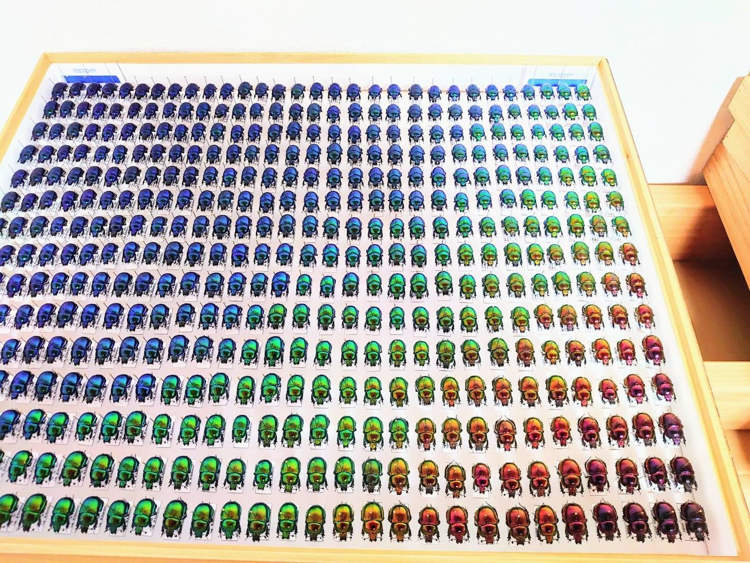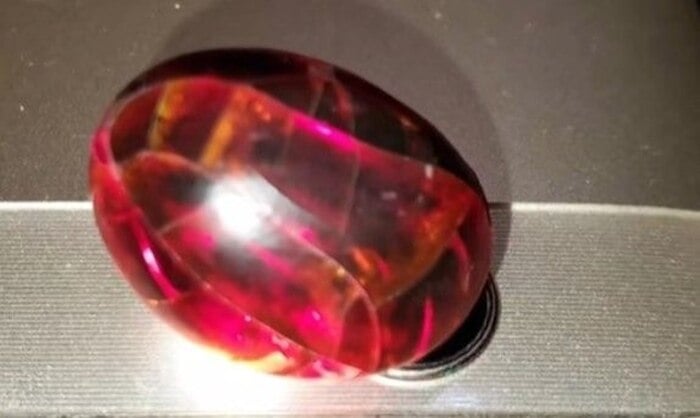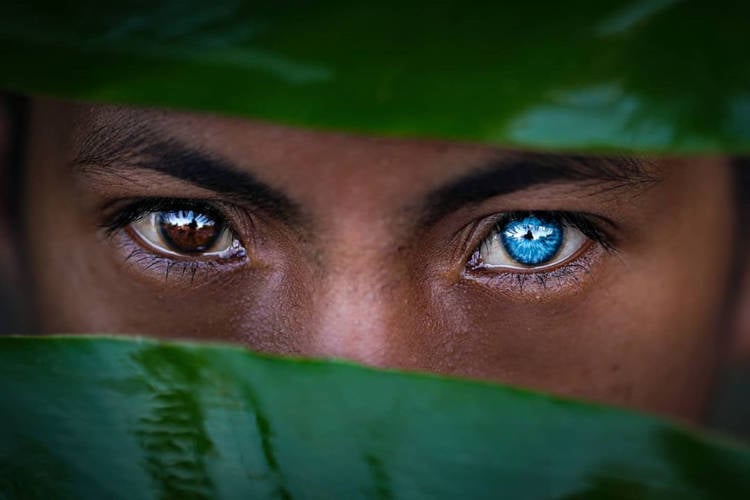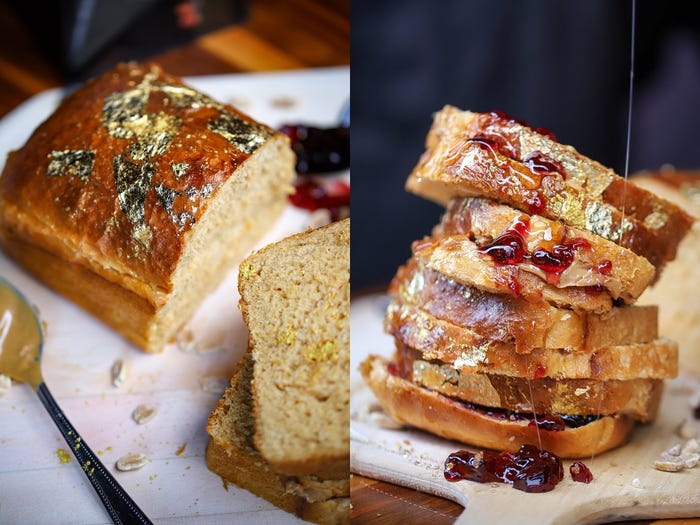The fruit of Pollia condensata, aka the marble berry, a plant that grows in the forests of Central Africa, has been scientifically recognized as the brightest organic substance in nature.
The elusive marble berry plant grows up to about meter-tall and sprouts clusters of up to 40 small, impressively-shiny fruits. Seeing a marble berry up close, you could swear it was coated in a layer of metallic blue paint. It looks a lot like a shiny miniature Christmas bauble, shimmering in the sunlight, which is unusual for a plant. The world is full of brightly-colored plants and fruits, but none of them are as iridescent as the marble berry. That fact intrigued scientists, who, after conducting a series of tests, concluded that the fruit of Pollia condensata was not only the brightest fruit in the world, but the brightest organic thing.
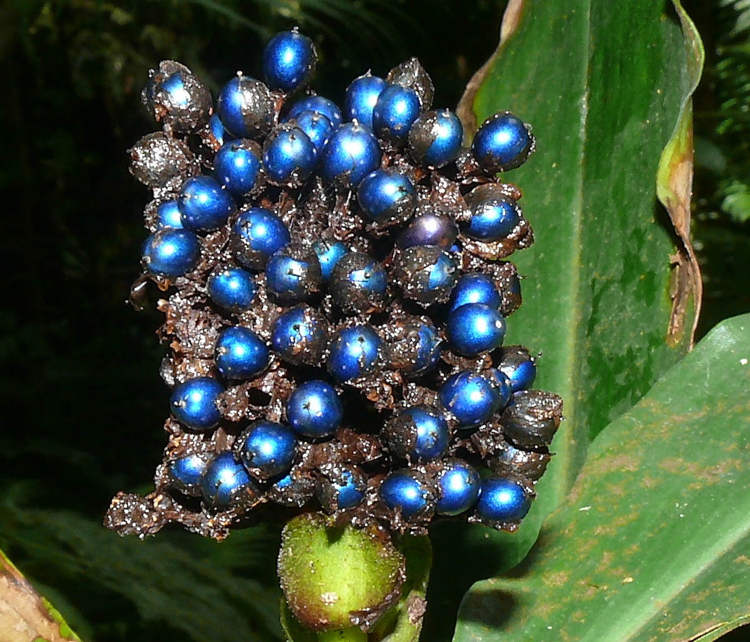
Photo: Juliano Costa/Wikimedia Commons
In countries like Ethiopia, Mozambique, Tanzania or Ghana, the marble berry has long been famous for its shiny, eye-catching exterior, but it wasn’t until a few years back that scientists finally learned what makes it so bright. A team of researchers at the University of Cambridge looking for plants that bent light in interesting ways stumbled upon a marble berry at the Kew Gardens in the UK. It had been brought there from Ghana in 1974, but it still retained its impressive coloring.
Even the brightest-colored plants usually rely on pigments for their appearance, and once they start to degrade at a cellular level, so does their coloring. The marble berry, on the other hand, remains impressively bright for decades, or even longer. That’s because it doesn’t owe it’s coloring to pigments, but to a unique type of cell structure that reflects light in a unique way to create this stunning visual effect.
Scientists call this sort of coloring “structural color”. It can be observed in various animals, like the peacock, whose feathers are pigmented brown but reflect blue, turquoise, and green light, as well as several butterfly and beetle species. A few plants display structural coloring as well, but the marble berry has to be the most impressive example in the plant world.
Upon analyzing the marble berry under a microscope, scientists found that the outer layer of the fruit consists of three to four layers of thick-walled cells, which in turn contain several layers made of cellulose fibers arranged in a spiral-like formation. When light hits the berry, some of it gets reflected and the rest reaches the others where the same effect occurs. Essentially, the reflected beams of light amplify each other to produce this stunning shimmering blue.
Just in case you wore wondering, no, marble berries are not edible. That’s because, apart from their shiny exterior, they mostly consist of seeds. There are advantages to that though, the most obvious of them being that they retain their shape and bright color for several decades.
A few years back, food designers Bompas & Parr collaborated with jewelry designer Maud Traon to create a one-of-a-kind silver and marble berry bracelet.
“It’s surprising that they haven’t been used in jewelry before now, especially when you consider you don’t have to process them as you would an uncut diamond,” Parr said at the time.




